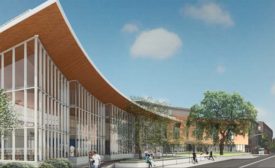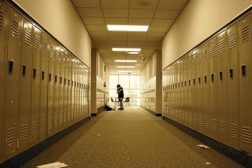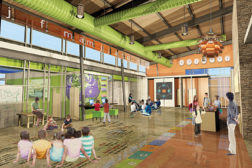Home » Keywords: » green schools
Items Tagged with 'green schools'
ARTICLES
Schools Want to Control Costs, Showcase Sustainable HVAC Solutions
Push for sustainability drives move to smarter equipment
Read More
Cutting-Edge Construction: Putting Energy Management Into Practice
Energy awareness is increasingly popular in the construction industry
Read More
Dec. 31, 2014: U.S. Green Building Council Announces 2014 Best of Green Schools Honorees
Ten Individuals, Institutions, Projects, and Events Recognized
December 31, 2014
Council Aims to Implement Sustainable Literacy Policy by 2040
Council Wants Sustainable Literacy Policy by 2040
November 3, 2014
USGBC: Schools Need $500B for Updates
HVACR Contractors Can Work with Schools to Improve Buildings
Read More
Copyright ©2024. All Rights Reserved BNP Media.
Design, CMS, Hosting & Web Development :: ePublishing









